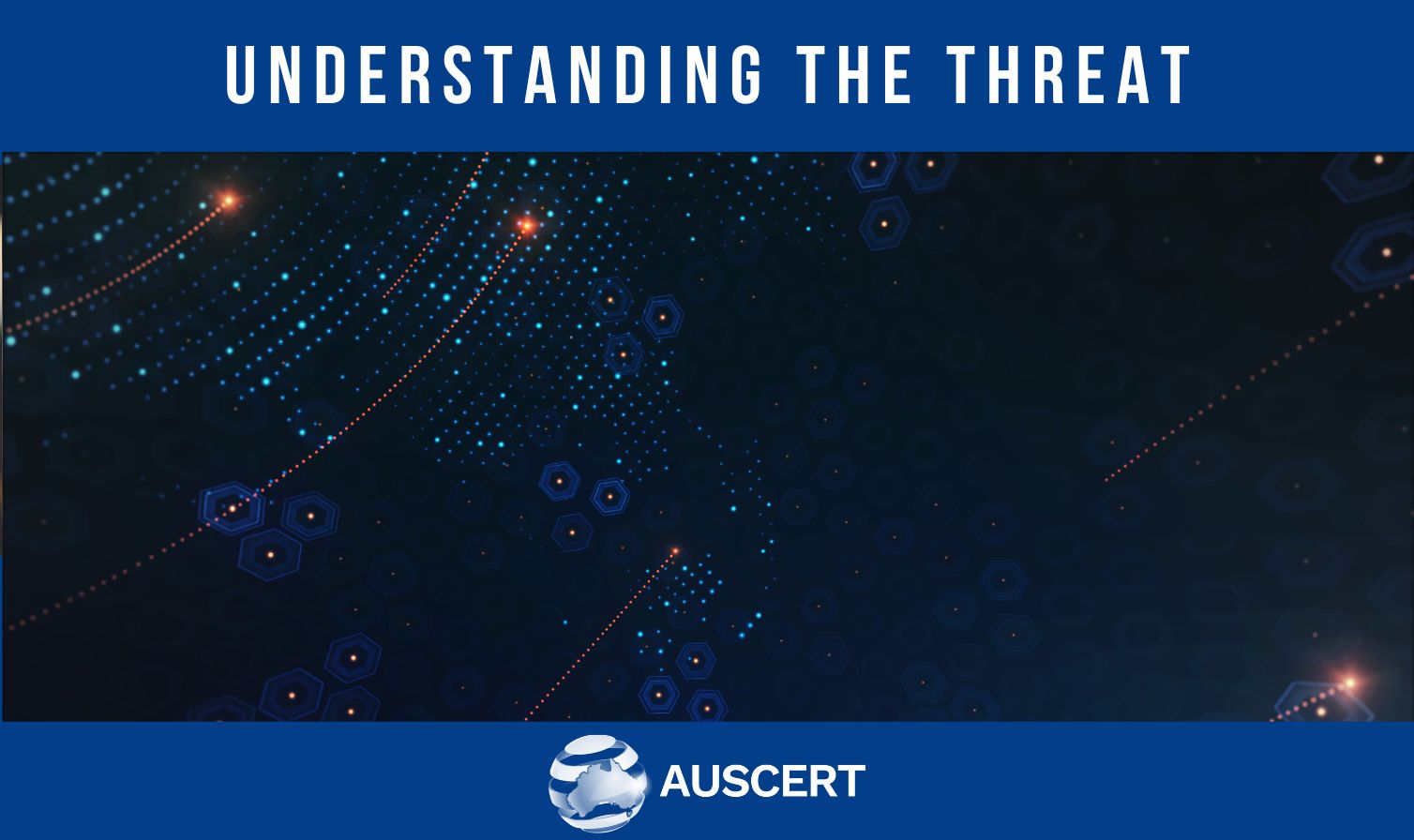29 Jan 2024
Blogs
Understanding the Threat: Recent Data Breaches and the Importance of Protecting Personal Information
In the digital age, data breaches have become an unfortunate reality, with cybercriminals constantly seeking vulnerabilities to gain unauthorized access to sensitive information. Recent incidents, such as the Mother of All Breaches and Naz.api, have highlighted the severity and potential consequences of leaked credential dumps. This article aims to provide insights into these incidents, their impact, and the importance of safeguarding personal information.
Naz.api:
Naz.api is a recent credential dump that gained attention in the cybersecurity community. The credentials are believed to have been obtained from credential stuffing lists and information-stealing malware logs. AUSCERT conducted a scan of the dump to identify credentials belonging to its members and has contacted the affected members through the Sensitive Information Alert (SIA) service.
Mother of All Breaches:
Mother of All Breaches (MOAB) is another dump that recently surfaced, revealing a vast collection of 26 billion records of user information from popular services like Twitter, Dropbox, LinkedIn, Adobe, Canva and Telegram. Although this is not a new breach, it is a compilation of earlier breaches. Nonetheless, the release of such sensitive information is highly concerning.
Impact and Consequences:
These credential dumps pose significant threats to both individuals and organizations. Cybercriminals could potentially exploit the leaked data for malicious purposes, including identity theft, phishing scams and targeted cyberattacks. It is crucial to remain vigilant and be on the lookout for any increased phishing attempts via email, text or other media.
Protecting Against Credential Dumps:
To mitigate the risks associated with credential dumps, individuals and organizations must practice good credential hygiene and adopt proactive security measures.
Here are some essential steps to consider:
- Use unique and strong passwords: Avoid reusing passwords across multiple accounts and create strong, complex passwords.
- Multi-Factor Authentication (MFA): Enable MFA whenever possible to add an extra layer of security to your accounts.
- Regular Password Updates: Change passwords periodically to minimize the impact of potential breaches.
- Security Awareness: Stay informed about the latest cybersecurity threats and educate yourself and your employees about best practices for online security.
- Monitoring Services: Consider using monitoring services that can alert you if your credentials are found in a data breach. Websites like Have I Been Pwned (haveibeenpwned.com) can help you check if your email address or username has been compromised in known breaches.





